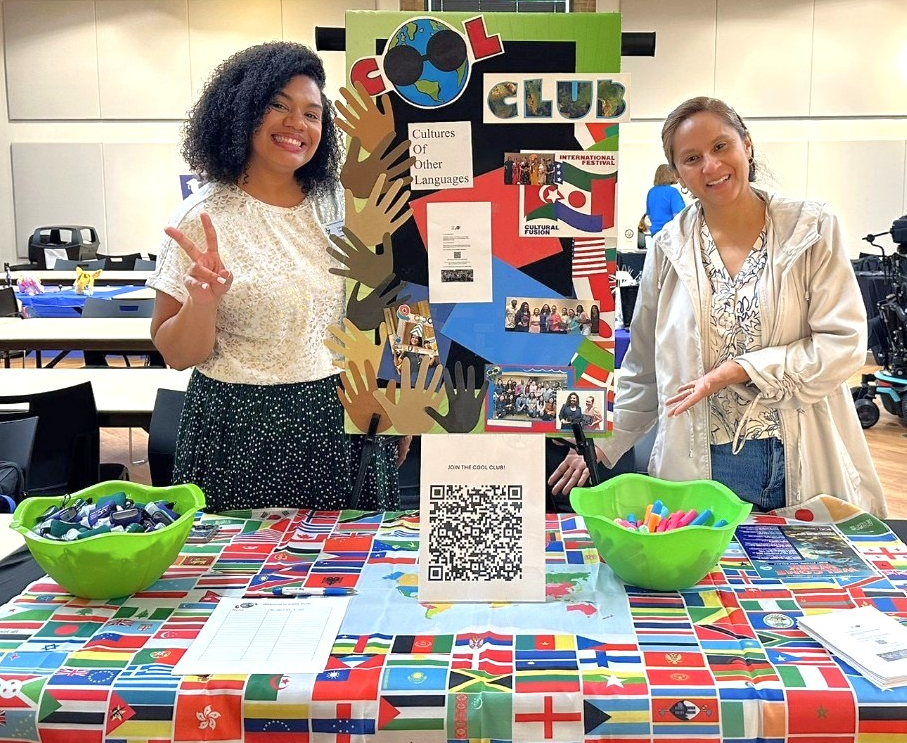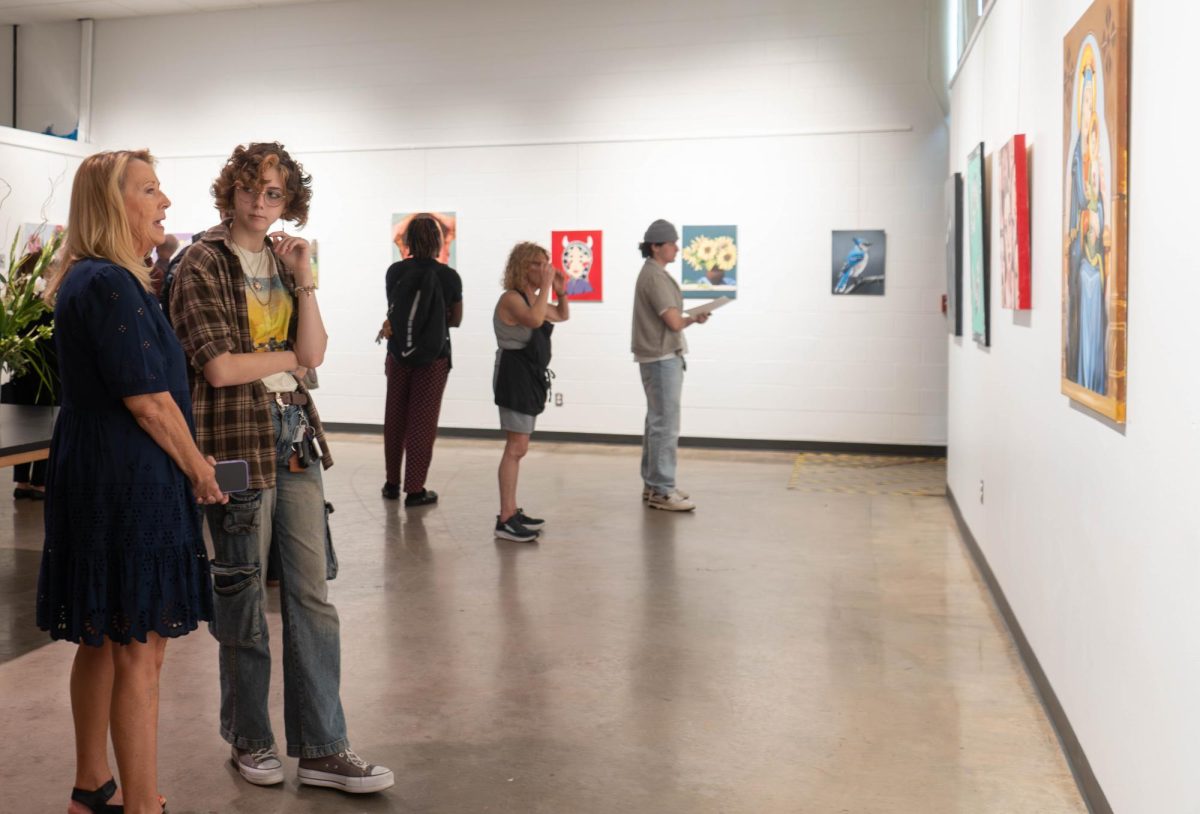By Kearon James/reporter
Two NE Campus teachers educated students on what it is like for black people to live in a worlwhere discrimination is a major issue in society during the “Red, White, Black and Blue: Race and Criminal Justice” seminar March 26.
“Black men are likely to be pulled over far more often than white men,” said Joan Johnson, NE assistant government professor.
One out of every three black men is likely to be imprisoned, which is a far higher rate than the rest of the U.S. population.
Police brutality was also discussed, including the fact that 31 percent of people killed by police are black, even though black people only make up 13 percent of Americans.
Videos showed the stories of Tamir Rice, a 12-year-old boy killed by police; Laquan McDonald, who was shot 16 times by a police officer; and Philando Castile, who was licensed to carry a weapon but was still shot by an officer. Of the three cases, only McDonald’s killer was convicted.
NE government assistant professor Christopher Douglas also spoke to discuss how race affects the death penalty.
Forty percent of juries are consisted of only white people, making it unfair for black defendants to receive a fair trial, he said. Blacks are twice as likely to receive the death penalty.
James Byrd, a black man from Jasper, Texas, was chained to the back of a pickup truck by three white supremacists and dragged to his death in 1998, Douglas said. All three men were convicted and two were sentenced to death while the other man was given a life sentence.
When one of the killers was executed in 2011, it was only the second time since 1854 that a white person had been executed in Texas for killing a black person.
“What is the most impactful thing a prisoner can have when coming out of the justice system?” Douglas asked.
Douglas offered three things to help prisoners when they leave the jailhouse: reformation, reallocation and continued education.
“Knowledge is power,” Johnson said.
































